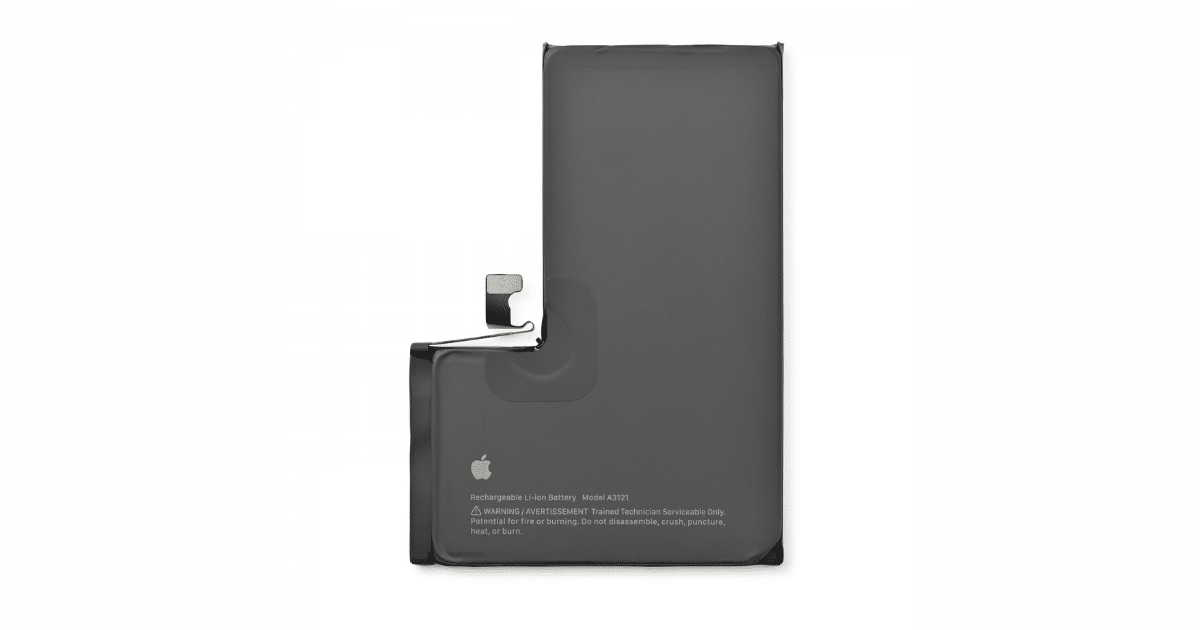In response to impending EU legislation mandating user-replaceable smartphone batteries by 2025, Apple is developing a groundbreaking technology to simplify iPhone battery replacements.
According to a new report from The Information, Apple aims to replace the traditional adhesive strips with a method known as electrically induced adhesive debonding. This new approach could debut as early as this year with at least one model from the iPhone 16 lineup and may be extended to all iPhone 17 models next year.

Presently, replacing an iPhone battery is a complex and delicate process. Encased in foil, the battery is secured with adhesive strips that must be carefully pulled out using tweezers. If these strips tear, additional steps involving heat or solvents become necessary to dislodge the battery. Moreover, installing a new battery requires a specialized tray and machine to ensure proper placement and security.
Apple’s new technology addresses these challenges by encasing the battery in a metal shell instead of foil. By applying a low voltage of electricity, the adhesive holding the battery can be loosened, allowing the battery to be easily dislodged from the chassis. This method, known as electrically induced adhesive debonding, was first detailed in a 2010 paper by Swedish scientists and involves using an ionically conductive adhesive that debonds upon the application of voltage.
The anticipated rollout of this technology is a strategic move to comply with the EU’s upcoming regulations. The iPhone 16 Pro model is expected to be the first to feature this new battery casing, with full implementation across the iPhone 17 lineup planned for the following year. However, despite this innovation, Apple will likely continue to recommend professional assistance for battery replacements due to the complexities involved in opening the iPhone, which includes dealing with adhesives and screws to maintain water resistance and structural integrity.
This move is part of a broader trend towards making consumer electronics more repair-friendly, driven by regulatory pressures and the right-to-repair movement. Many other smartphone manufacturers, who also use adhesive pull tabs, will need to develop similar solutions to comply with the EU’s requirements. The technology has been met with optimism within the repair community, with experts like Kyle Wiens, CEO of iFixit, praising the potential of using electrical currents to simplify battery removal.
(via The Information)


